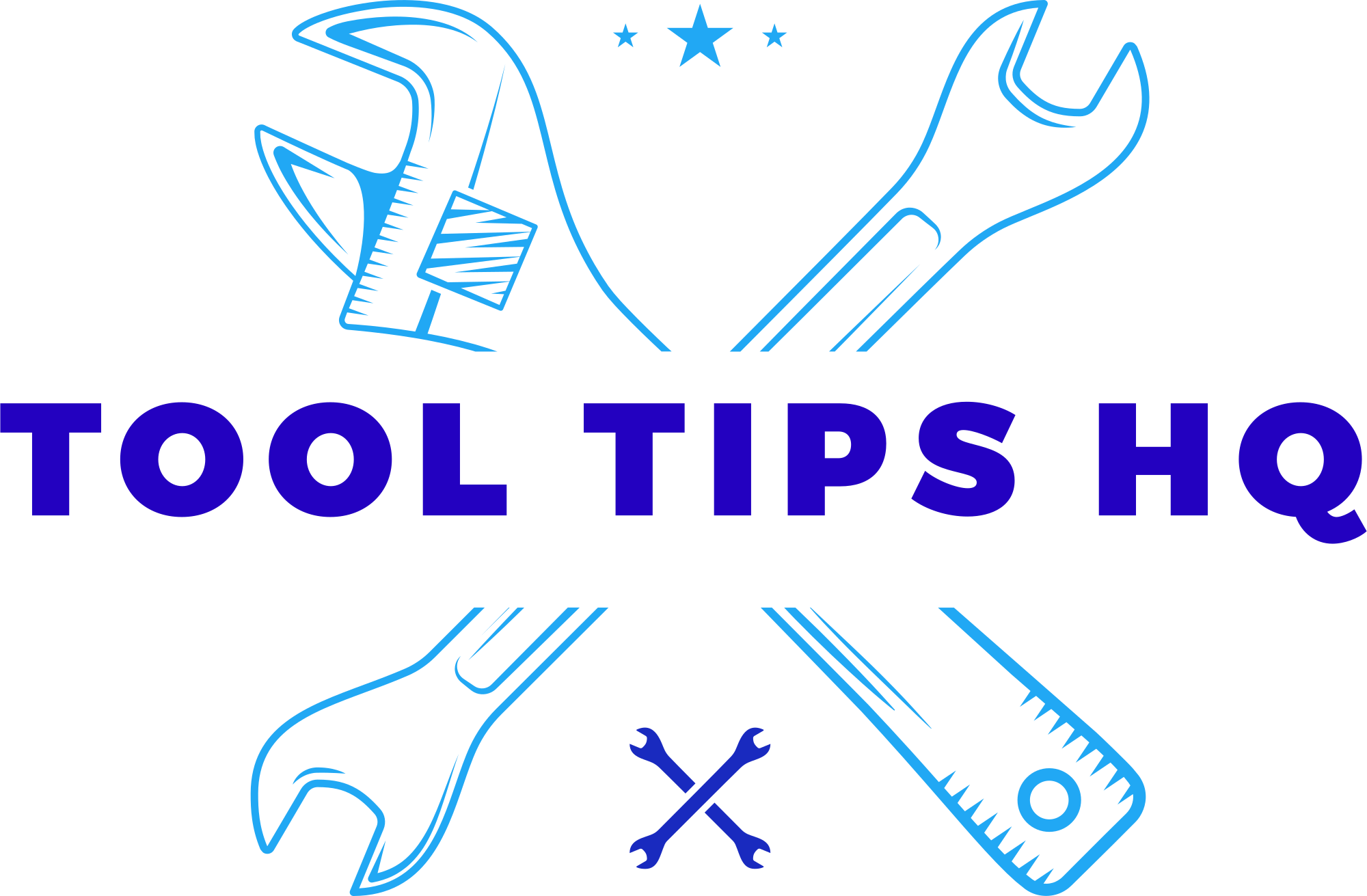When embarking on a new project, whether it’s a weekend DIY endeavor or a professional undertaking, the right tools can make all the difference. Among the myriad of tools available, Acme Tools stands out as a trusted name synonymous with quality and reliability. However, with an extensive range of products designed for various applications, choosing the perfect Acme Tool tailored to your specific needs can feel overwhelming. This article aims to demystify the selection process, guiding you through the key factors to consider so you can confidently equip yourself for success. From understanding your project requirements to evaluating the features and benefits of different tools, let’s explore the essential steps to help you make an informed choice that will elevate your craftsmanship.
Understanding Your Project Requirements
To effectively select the right Acme tool for your tasks, it’s crucial to thoroughly analyze and understand your project’s specific requirements. Identifying these aspects will pave the way for making informed decisions that align with both your objectives and constraints. Consider the following factors:
- Project Scope: Assess the overall size and complexity of your project.
- Materials: Determine the types of materials you will be working with.
- Budget: Establish your financial parameters for tool investment.
- Timeframe: Evaluate how quickly you need to complete the project.
Once you have a solid understanding of these elements, you can further refine your tool selection by considering the technical specifications and compatibility with your project. A useful way to visualize this is by creating a comparison table of Acme tools based on their features and how they align with your identified requirements. Below is a simple example:
| Tool Model | Best For | Key Features |
|---|---|---|
| Acme Pro 1 | Heavy-duty tasks | High torque, durability |
| Acme X-Compact | Small-scale projects | Lightweight, easy handling |
| Acme Ultimate | Versatile applications | Multiple attachments, adjustable speed |
By evaluating these aspects, you can ensure that your chosen Acme tool provides the right balance of efficiency and effectiveness for your project needs, avoiding the pitfalls of over- or under-investing in your toolkit.
Assessing Tool Features and Specifications
When evaluating an Acme tool, it’s crucial to delve into various features and specifications that align with your project requirements. Start by considering **power and efficiency**. Look for tools that boast impressive wattage or motor specifications, as these often determine the tool’s performance and longevity. Additionally, assess the **ergonomics** of the tool design—features such as grip comfort and weight distribution can significantly impact usability, particularly for long tasks.
Moreover, pay attention to the tool’s **versatility and compatibility**. Does it come with multiple attachments or settings that allow it to perform different functions? Understanding whether the tool is compatible with existing accessories or systems you have can save time and money. To provide a clearer overview, here’s a comparison table of popular Acme tools based on their essential features and specifications:
| Tool Model | Power (Watts) | Weight (lbs) | Special Features |
|---|---|---|---|
| Acme Pro 3000 | 1500 | 5.5 | Variable speed & Cordless |
| Acme Easy Grip | 1200 | 4.8 | Ergonomic Design & Lightweight |
| Acme Max Flex | 1800 | 6.0 | Multiple attachments & Durable casing |

Exploring Different Types of Acme Tools
When choosing the right Acme tool for your project, it’s essential to understand the various types available, each designed to cater to specific tasks. Acme tools can generally be classified into categories based on their functionality and application. Some of the common types include:
- Hand Tools: These are essential for manual tasks and come in various forms, such as wrenches, screwdrivers, and pliers.
- Power Tools: Ideal for larger projects, these tools include drills, saws, and sanders, providing added efficiency and speed.
- Measuring Tools: Precision is key in any project, and measuring tools like calipers, tape measures, and levels help ensure accuracy.
Furthermore, each type of Acme tool has distinct features that can significantly impact performance. To illustrate their versatility, consider the following comparison of hand tools and power tools:
| Tool Type | Advantages | Best For |
|---|---|---|
| Hand Tools | Affordable, No electricity required, Easy to control | Detailed work, Small repairs |
| Power Tools | Faster operation, Higher efficiency, Less physical effort | Large projects, Heavy-duty tasks |

Ensuring Quality and Durability for Longevity
When selecting the right Acme tool for your project, ensuring quality is paramount. Quality tools not only enhance your efficiency but also significantly prolong the lifespan of your equipment. Look for tools with the following characteristics:
- Material Quality: Opt for high-grade materials such as hardened steel that resist wear and tear.
- Manufacturing Standards: Choose brands that adhere to stringent manufacturing processes to guarantee performance.
- Warranty Offers: A robust warranty often reflects the manufacturer’s confidence in their product’s durability.
Additionally, durability is critical for handling various tasks over time without compromising performance. To maintain the longevity of your Acme tools, consider these factors:
- Ergonomic Design: Tools designed for comfort reduce fatigue and promote efficiency.
- Maintenance Requirements: Choose tools that require minimal upkeep to ensure they remain in optimal condition.
- Versatility: A multifunctional tool can adapt to different tasks, making it a wise long-term investment.
| Feature | Benefit |
|---|---|
| High-grade Materials | Reduces wear and increases lifespan |
| Ergonomic Design | Enhances comfort and efficiency |
| Versatile Functionality | Adapts to various projects, saving costs |
Q&A
**Q&A: How to Choose the Right Acme Tool for Your Project**
**Q1: What should I consider first when choosing an Acme tool for my project?**
**A1:** Begin by assessing the specific requirements of your project. Consider the materials you’ll be working with, the scope of the task, and any unique challenges that may arise. This foundational understanding will guide you towards the right type of Acme tool that matches your project’s needs.
**Q2: What types of Acme tools are available, and how do I know which one to choose?**
**A2:** Acme offers a wide range of tools, including hand tools, power tools, and specialized equipment. To make a choice, familiarize yourself with the various options available. For instance, if you’re conducting precision work, a hand tool might be best, while larger projects may require power tools for efficiency. Research each tool’s specifications to find a match for your task.
**Q3: Can I use a single Acme tool for multiple projects?**
**A3:** Many Acme tools are designed with versatility in mind, allowing for use across different projects. However, it’s crucial to evaluate if the tool’s features align with the requirements of each specific project. While some tools shine in a range of applications, others may perform best in specialized roles.
**Q4: How important is the brand reputation when selecting an Acme tool?**
**A4:** Brand reputation can often indicate the quality and reliability of a tool. Acme has established itself as a reputable manufacturer known for durability and innovation. Checking reviews, endorsements, and customer feedback can provide valuable insights into whether a particular Acme tool is worth considering.
**Q5: Should I opt for the latest Acme tools or stick with tried-and-true models?**
**A5:** While the latest models often incorporate advanced features and technology, they may not always be necessary for your project. Consider your experience level and the nature of your work. Sometimes, older models with proven reliability might be the best option, especially for straightforward tasks where the latest features won’t significantly enhance performance.
**Q6: Is it worth investing in high-quality Acme tools, or can I find cheaper alternatives?**
**A6:** Quality tools often come with enhanced durability, better precision, and a warranty for peace of mind. While there are cheaper alternatives, investing in high-quality Acme tools could save you time and money in the long run by reducing the need for frequent replacements and repairs.
**Q7: What if I’m torn between two Acme tools that seem equally beneficial?**
**A7:** In such cases, look at the finer details—assess weight, ease of use, and any unique features that cater to your specific needs. If possible, try to handle both tools; sometimes, the feel and ergonomics can be deciding factors in your choice.
**Q8: Should I consider tool maintenance when choosing an Acme tool?**
**A8:** Absolutely! Maintenance should be a key factor in your decision-making process. Some tools may require more upkeep than others. By choosing a tool with manageable maintenance requirements, you can ensure longevity and consistent performance throughout your projects.
**Q9: How can I find out more about Acme tools before making a final decision?**
**A9:** Take advantage of online resources, including the Acme website, user forums, and video demonstrations. Additionally, consulting with professionals or friends who have experience with Acme tools can provide valuable firsthand insights that may influence your choice.
**Q10: What’s the best way to ensure I’m making the right choice for my project?**
**A10:** The best strategy is to combine research with practical experience. Take the time to compare options, gather information, interact with other users, and, if feasible, test the tools before committing. This approach will not only boost your confidence but will likely lead to a more satisfying and efficient project outcome.
Concluding Remarks
selecting the right Acme tool for your project can elevate your craftsmanship, boost efficiency, and turn even the most daunting tasks into achievable goals. By considering factors such as the specific needs of your project, the tool’s features, and your own comfort and skill level, you’re well on your way to making an informed choice. Remember that the right tool not only enhances your work but also inspires creativity and confidence in your abilities. So, as you embark on your next project, arm yourself with the knowledge of what Acme tools have to offer, and let your ingenuity shine through with every cut, fix, and finish. Happy crafting!

